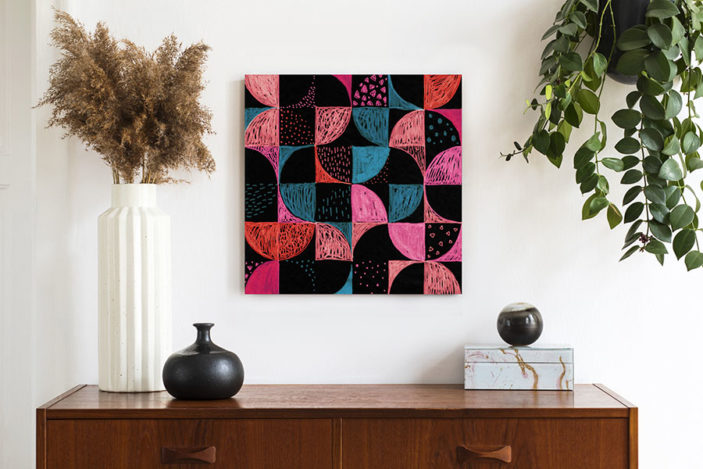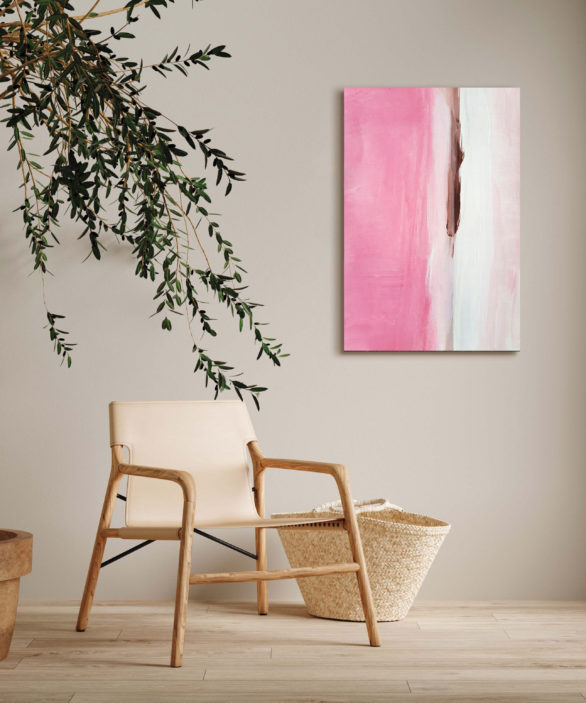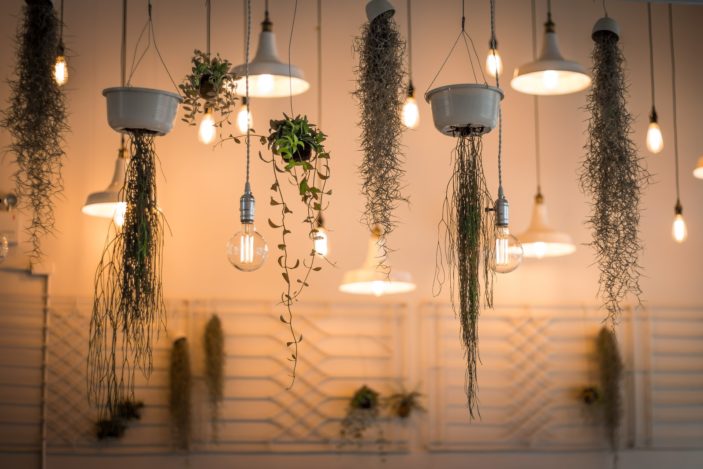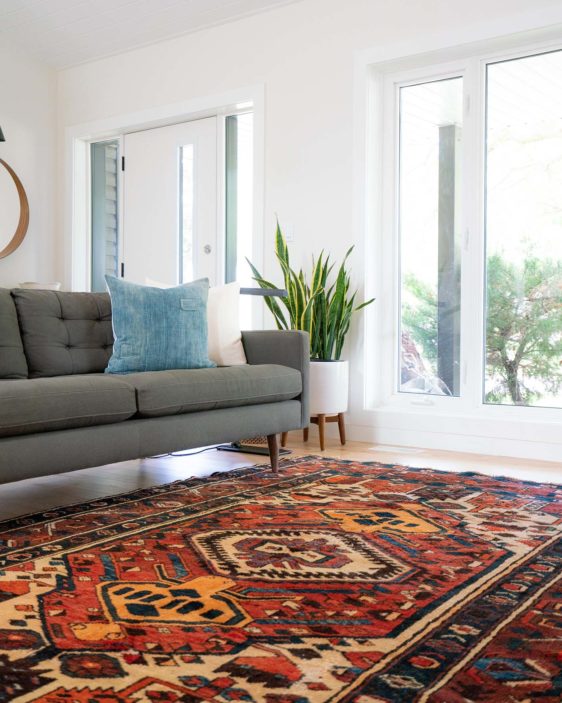
Luxury does not have to be exclusive or costly. A sense of style, thoughtful detail, or a lively splash of color can all help to boost the indoor and outdoor life of your house. House décor may be done on a shoestring budget, and a few basic tactics can add a touch of luxury to the way you style it.
These top five recommendations can help you achieve a magnificent look and experience on a budget, whether you’re seeking ideas to add the “wow” element to your house or to increase its value when it comes time to sell it.
Stick to the classics
Consider a neutral style item when arranging your home with larger, heavier furnishings, such as a couch or a cozy mantle for your fireplace. Leave the whimsical aesthetics to the easily replaceable components of your home — you always can alter the wallpaper, paint the walls, or bring in a new rug or lighting item to add some vibrancy later. You can even add a custom canvas print too.

Heavy furniture, on the other hand, is a lengthy investment. It’s far easier to add personality with accessories, color, and lighting than it is to update heavy furniture to keep up with shifting trends.
Timeless styles, which are frequently in neutral colors, are easy to combine and never go out of style. Traditional furniture can be tailored to endure a lifetime and are a better investment than throwaway current goods.
Accessorize Your Home
Most ordinary homes lack the appropriate accessories to give the area a beautiful feel. While many people may argue that accessorizing will blow their money, this is not the case. There are numerous inexpensive ways to decorate your home – even add security – without breaking the bank, especially if you consider gold.
As long as there isn’t too much gold in one location, gold is connected with richness and riches, and it may instantly produce an elegant feeling. Gold canvas prints, golden mirrors, or maybe one of the trendy, sleek gold-legged furniture that is popping up in designer showrooms are all good choices.
Light up the room
If it seems like a fashion cliché now, it’s because lighting can drastically alter the look and feel of your home. Capturing adequate light with the correct mix can improve the ambiance and decor of your home. Many elements influence the efficacy of illumination in your home, including the elevation of your ceilings, the arrangement of each chamber, the type of fixture used, and the supply of usable natural light.

Chandeliers, hanging lamps, desk lights, and various other fixtures are examples of fixtures. The luminaire is only part of this problem; you should also consider the light (such as energy-efficient bulbs). This is because different bulbs have varying hues, spanning from warming to cold and fluorescence.
You can be imaginative with light sources, but recognizing the availability of natural daylight is the best approach to enhance the balance of light and shade in your home. If you’re upgrading your window, you can experiment with different designs and materials to make your home more light-friendly.
Windows Treatment
A house without window curtains appears incomplete and unappealing. Fortunately, windshield treatments are among the most cost-effective methods to add elegance, including much privacy to your house. You would like to make informed decisions when it comes to window coverings.
For example, fragile unlined fabrics appear to be extremely cheap even if they are the cheapest alternative. It’s best to stay away from see-through materials. This isn’t to say that you can’t buy curtains off the shelf. Even if the price is reasonable, many chain retailers sell lined drapes that appear attractive and expensive. When it comes to window curtains, choose exquisite textiles like natural silk, linen, or cotton.
Introduce Texture
Textures are valued highly by stylists when it comes to reviving the inside of your home. This is integrating new colors and fabrics into a room with neutral surfaces, such as a hardwood floor, to offer a lot of character and color.
A carpet or rug is the most popular way to create the required texture. An organic fabric such as wool, cashmere, jute, or sisal is the method to go if you want to impart a true sense of luxury. However, there are a variety of synthetic materials on the marketplace that will be able to provide appropriate elegance to your home at a low cost. Polypropylene and polyester acrylic are the best options if a polyester blend is more cost-effective.
Texture can also be added using botanicals, patterns, linens, cushions, or curtains. You can play around with color and fabric, which allows you to experiment with your looks without spending a fortune.

Natural fibers are also worth noting, especially if you’re creating a design profile inspired by the natural world around you. Fashionable textures include natural timbers, linens, stone, and leather, which can add charming embellishments to your home’s interior decoration.
Pillows
Pillows have a dual duty in your home. One, if properly picked, they can significantly increase the elegance factor. Two, they give your visitors a little comfortable seating on the couch and give your rooms a nice, layered vibe. If you want to choose cushions that are huge enough just to lay on and soft enough, the comfort factor speaks for itself.
When it comes to size, you’ll want to stay away from the conventional throw pillow sizes of 12 to 18 inches. Instead, choose a larger pillow cover, including a 22-inch pillowcase with 24-inch inserts. Large, stuffed cushions provide a luxurious, sophisticated look—don’t compromise on the pillow inserts; down seems to be the only way to go.
Wrapping Up
As you’ve seen, there are various cost-effective ways to enhance your home to look lovely. Interior designers’ main tactics to produce high-end designs are choosing the right paint colors, avoiding inexpensive, low-quality things, and purchasing intelligently. Consider the benefits you can find by purchasing at smaller retailers such as thrift shops, consignment stores, and even vintage shops when creating a budget for each component of your house.
Header Source: Canvaspop.com
